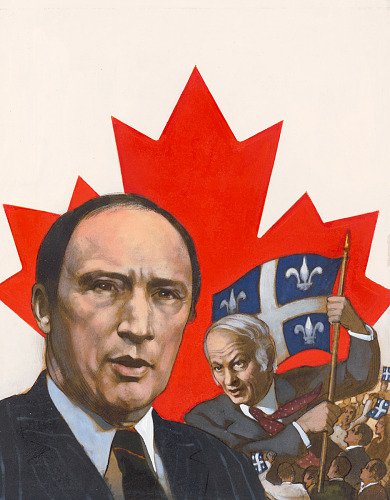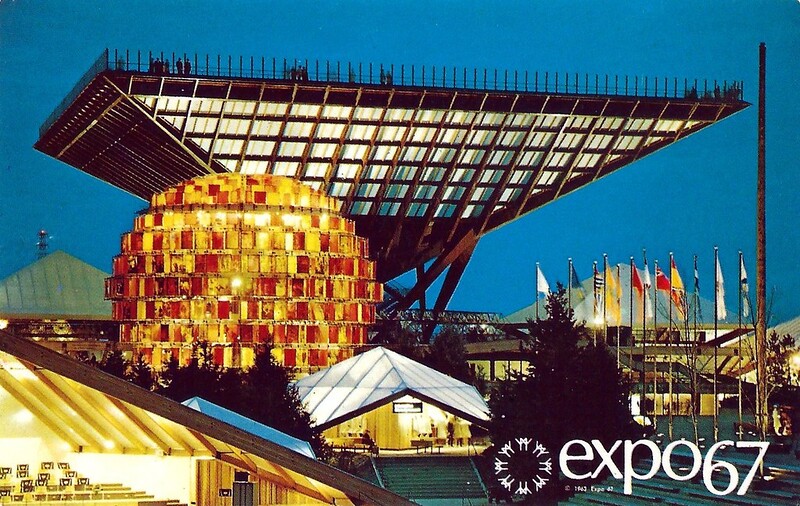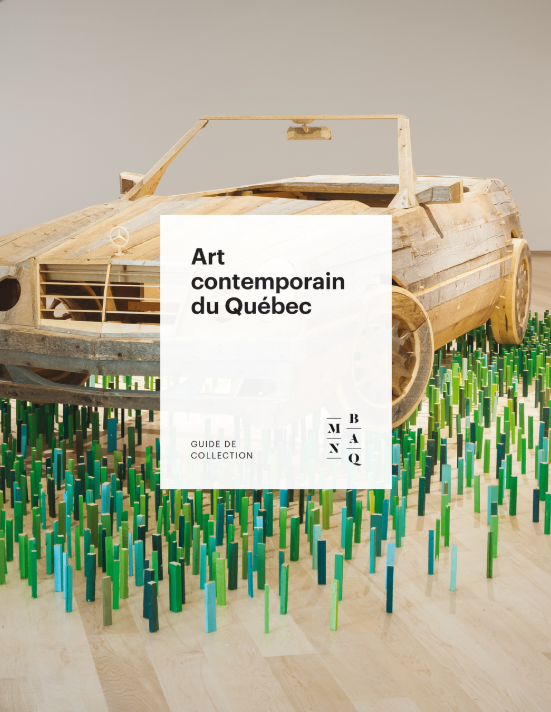[Editor’s note: Join Ann at our informal online open house February 24 at 2 p.m. Eastern. RSVP here.]
On many Classical Pursuits trips, we are reliant on the written word, and messages we can glean from mute buildings, streets, and monuments, to help us understand pivotal happenings in human history. Events may have been so long ago that there are no living witnesses, as in the upcoming trip to read Homer’s Odyssey in Greece.
But whenever we do have the opportunity to speak with firsthand participants, we seize the day.

and René Levesque
Great fortune is with us for our June 2023 trip to Quebec City. We’re going beyond the headlines to explore the nuances of the province’s Quiet Revolution — a period of unbridled social, cultural, and economic transformation during the 1960s. Francophones assumed leadership positions, changing Quebec, and Canada, forever.
David Mendel, a local historian, and our guide in Quebec City, is a bilingual Anglophone who is at home in the capital’s various communities. David is bringing together a broad range of individuals willing to share with us their experiences of and later perspectives on the Quiet Revolution. These are some of the Quebeckers who may be able to join us for informal discussions:
-
- He grew up in a family of 12 children in Vieux-Québec. During his distinguished career he worked with major figures of the Quiet Revolution who later became leaders of the Quebec independence movement and premiers of the province: René Levesque and Jacques Parizeau.
- Returning to Quebec after studying at Princeton, he became one of the first teachers in the new CEGEPs (partially inspired by junior colleges in the US), which were created as a result of the educational reforms of the Quiet Revolution.
- Although his father, like over 50 percent of that generation, did not go to school beyond the 6th grade, he went on to study at university and became an important civil servant of the government of Quebec, helping to oversee the expansion of one of the province’s most important Crown Corporations: Hydro Quebec.
- She was born in Washington, DC, when her father was French ambassador to the US during John F. Kennedy’s presidency. She did her PhD at Laval University on one of the major events of the Quiet Revolution era: Expo 67 and its influence on Quebeckers’ view of themselves.
- As the founding director & head of strategic development of the Monastère des Augustines, our lovely accommodation in Quebec City, she would have interesting things to say about how healthcare in Quebec changed with the Quiet Revolution: what was gained and what was lost, and how these changes relate to the Monastère as a wellness destination today.
 And if that is not enough “bonne chance,” an exhibit at the Musée des Beaux-Arts could have been created just for us. From Ferron to BGL: Contemporary Art in Québec brings together works by well-known artists along with information about major events and artistic movements to explore the repercussion of “the redefinition of Quebec identity brought about by the Quiet Revolution,” including “unprecedented upheavals” in the arts of Quebec.
And if that is not enough “bonne chance,” an exhibit at the Musée des Beaux-Arts could have been created just for us. From Ferron to BGL: Contemporary Art in Québec brings together works by well-known artists along with information about major events and artistic movements to explore the repercussion of “the redefinition of Quebec identity brought about by the Quiet Revolution,” including “unprecedented upheavals” in the arts of Quebec.To learn more, join our online open house Friday, February 24 at 2 p.m. Eastern. Email us to RSVP.
Image credits: Time magazine cover, Smithsonian Museum; Expo 67 postcard, Joe Haupt on Flickr


